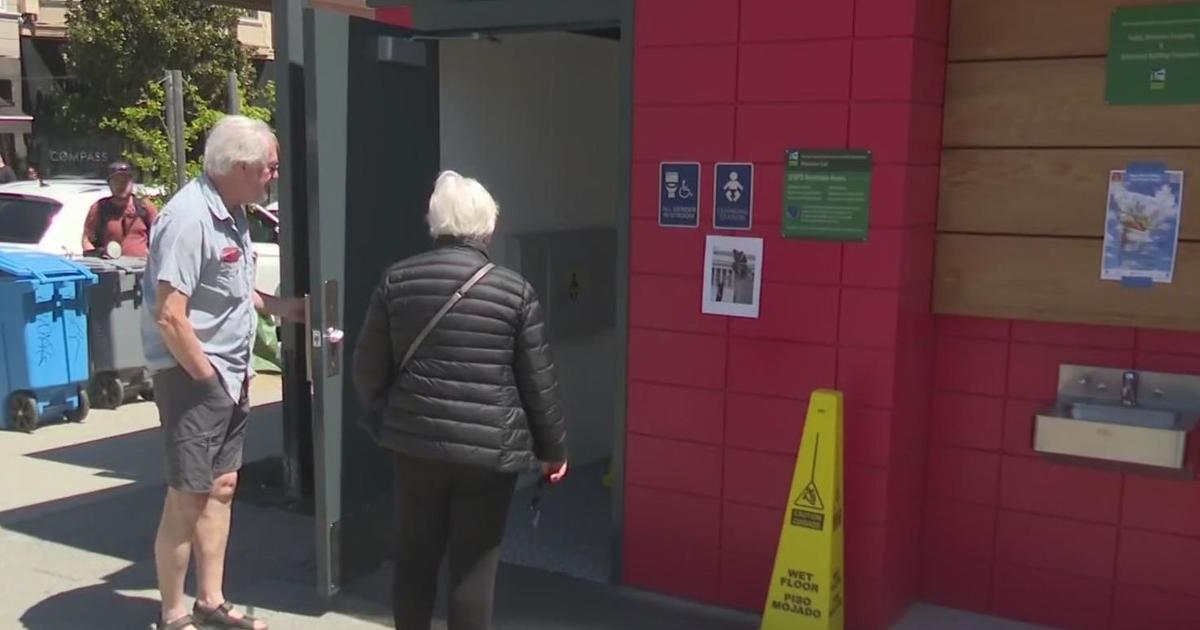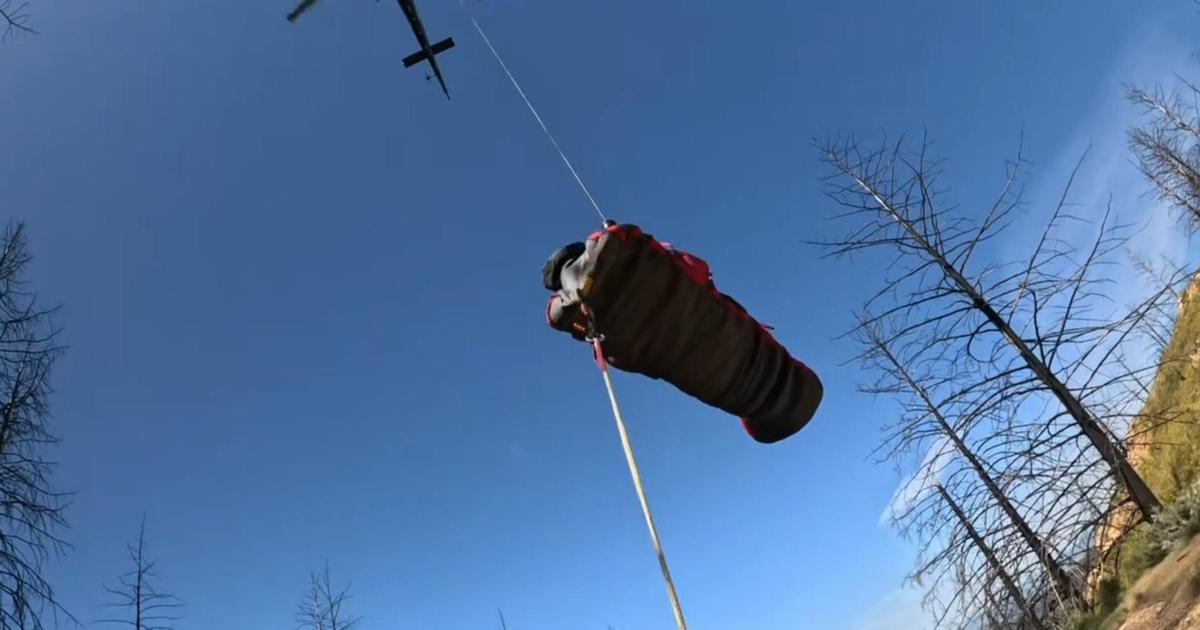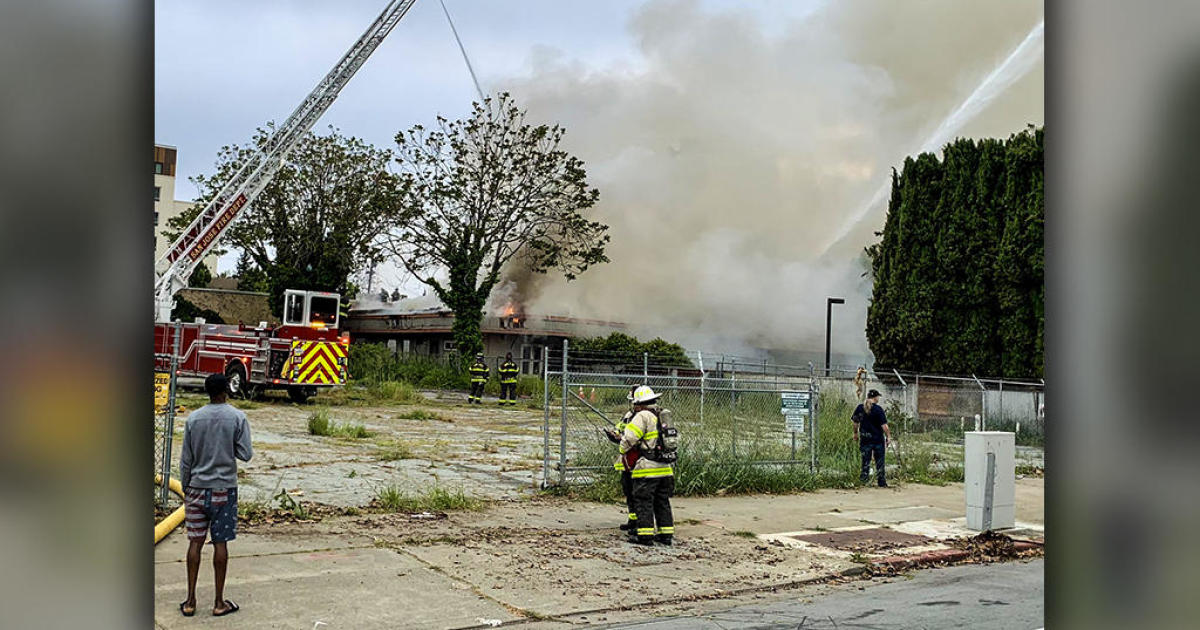COVID Vaccines: Bay Area Distribution Among General Public Remains Work In Progress
SAN FRANCISCO (KPIX 5) – After priority groups get the limited supply of COVID-19 vaccines now allocated to California, Bay Area public health departments and medical centers are busy making plans for the general population. But it's a work in progress.
"There's going to be a certain complexity to it all," said public health epidemiologist and chair of California's vaccine safety working group Dr. Art Reingold.
"It is complicated, and we are brainstorming and trying various ideas," explained Dr. Narinder Singh, pharmacy director at Santa Clara Valley Medical Center.
Like the tip of an iceberg, California has so far received enough doses to vaccinate roughly 5% of the state's population. These shots are all for priority groups which include healthcare workers, critical infrastructure teams, grocery staff, agriculture workers, nursing homes, and teachers.
That means 95% of the state's population is left unvaccinated.
Currently the vaccine supply is limited. But once supplies increase and are dependable, mass vaccinations can start to begin in earnest.
"This is an unprecedented undertaking. The mass vaccination of an entire nation to end the pandemic," Dr. Grant Colfax, San Francisco Director of Public Health, said at the city's COVID-19 briefing on Tuesday.
As of Tuesday, there is no national plan on how mass vaccinations would work. KPIX 5 could not find a detailed state or local plan as well.
Adding to the complexity, the U.S. healthcare system is Balkanized with many moving parts: public and private health providers, public and private health insurers, different funding mechanisms, different reimbursements, professional groups, employers, and the uninsured and undocumented, to name a few factors.
Then, toss in this: while parents may know how to keep their kids on a vaccine schedule, we are in the middle of a pandemic with two emergency authorized vaccines which require a complicated schedule for 2 doses and different storage requirements.
The U.S. healthcare system is not set up for this level of complications.
Meanwhile, the United Kingdom has everyone covered and registered under its national healthcare system.
"We don't have a lot of experience with large campaigns like this. We don't have a single healthcare system," said Reingold.
That means the majority of Californians and those in the Bay Area will probably get their vaccine thru their health care provider or at least directions on how to get it.
If you are connected to what's called a "Multi-county Entity" or MCE for short, such as Kaiser Permanente, Sutter Health, or one of several UC Medical Centers throughout the state, you are most likely in the system and will be contacted thru your online account or by notification.
In a statement, Kaiser Permanente told KPIX 5 they are making the appropriate preparations for their 8 million members, and that they "anticipate the expansion of vaccination to prioritized groups of patients in the general public will occur as vaccine supply increases and federal and state guidelines are issued."
"We expect that everyone who wants a vaccine will get one eventually," Colfax said Tuesday.
San Francisco's COVID Command Center reminded KPIX 5 that healthcare providers that serve multiple jurisdictions such as Sutter Health or Kaiser get their vaccine allotments thru the state of California. Once vaccine supply increases, they told us, the vaccine will be available to a broader segment of the population, but that is expected later this year.
The Department of Public Health will vaccinate those on Medicare and the uninsured. In a statement they said SFDPH is "working with healthcare providers to find innovative ways to help them deliver vaccine" in an accessible and timely manner.
So how will anyone in the general population know when they are eligible?
That's not clear. No one could tell us the exact details. This dilemma remains true for certain tiers in the Phase 1A rollout of priority groups.
"We still don't know how for example people 75 and older, who's going to notify them that they're now eligible to get a vaccine, and where are they going to go to get the vaccine," said U.C. Berkeley public health and infectious disease expert Dr. John Swartzberg.
Singh, at Valley Medical Center, told KPIX 5 that among the ideas they're tossing around includes a so-called "push or pull" strategy. They may send out notices informing patients in the system when they're eligible or they may use a public health campaign.
"We could use the media and ask people that if you have these criteria and meet certain criteria, please log onto this particular website, fill out the questions, and set up an appointment," said Dr. Singh.
Reingold told KPIX 5 that he hopes that we have increasing vaccine supplies in three to six months, and at that time, mass vaccinations of the general population may begin in earnest.
Two additional experimental vaccines are seeking emergency use authorization from the Food and Drug Administration: The Oxford/AstraZeneca product which requires two doses; and the Johnson & Johnson vaccine which requires just one and just regular fridge for storage.



